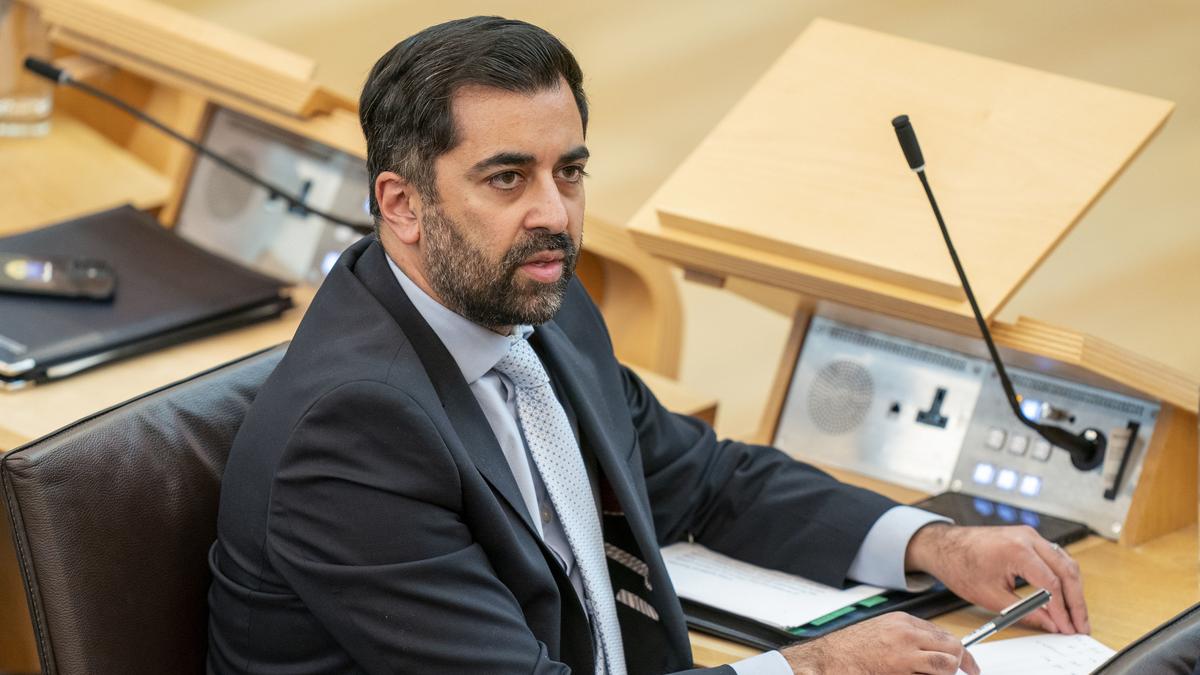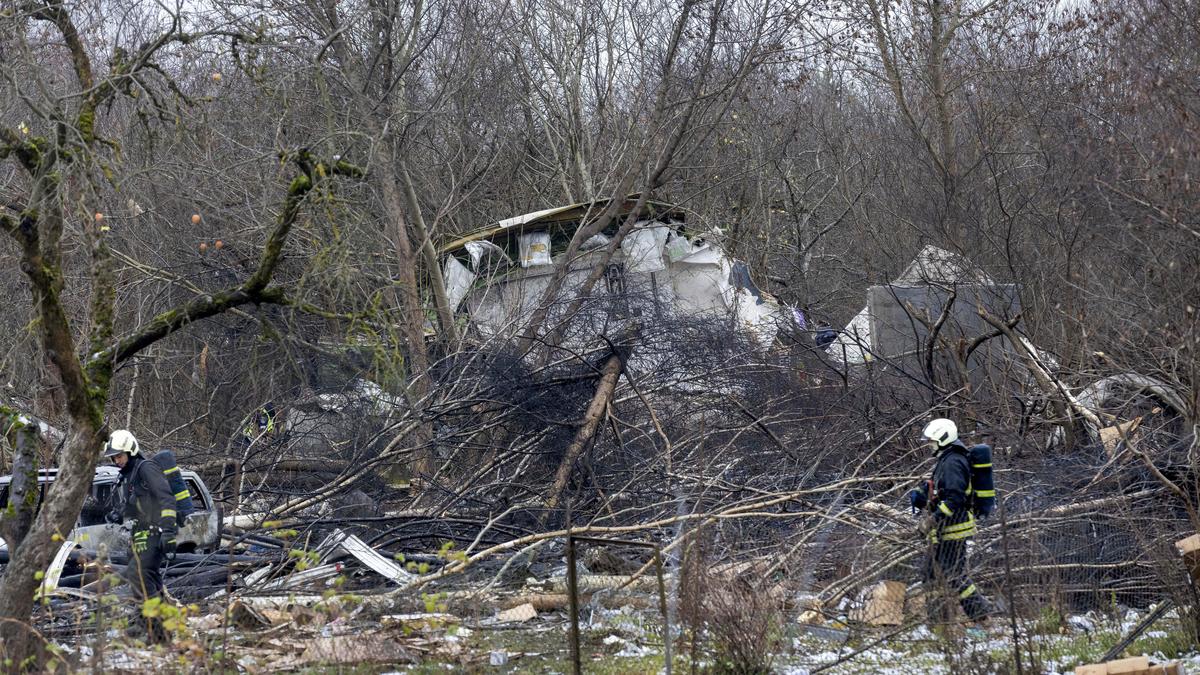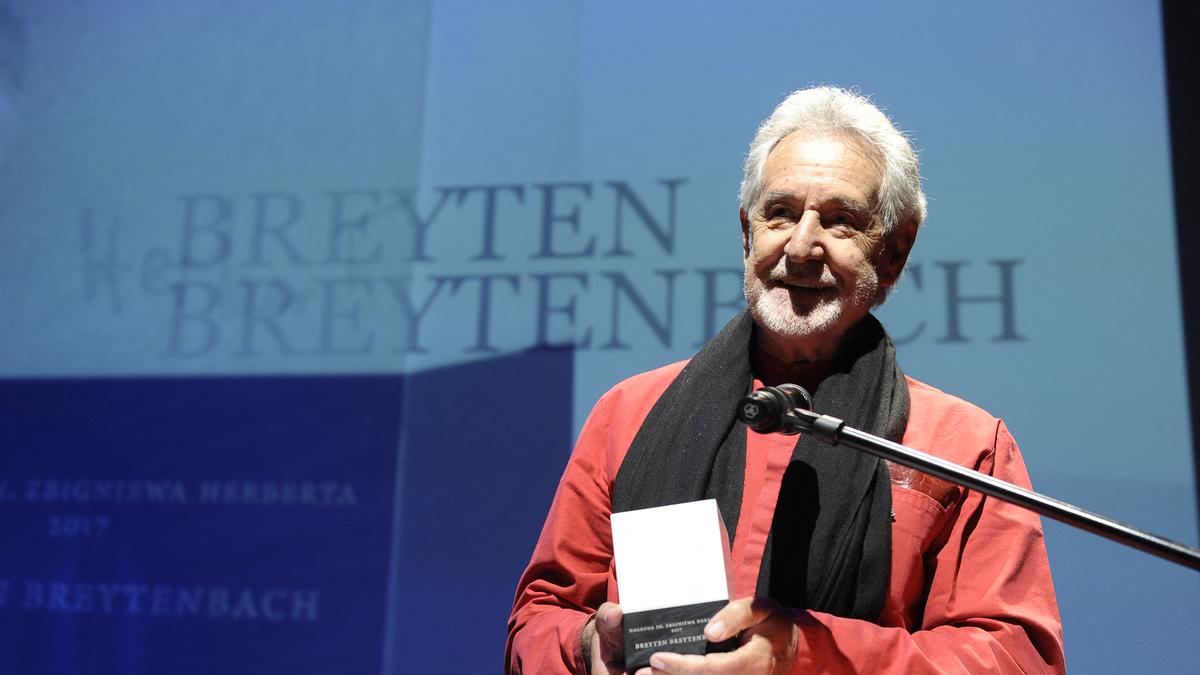The story so far: Scottish National Party (SNP) leader John Swinney was sworn in as the First Minister of Scotland at a brief ceremony in capital Edinburgh on Wednesday. The development follows the announcement of Humza Yousaf’s resignation from the post as well as from SNP’s leadership in April. Earlier, Mr. Yousaf ended SNP’s Bute House power-sharing agreement with the Scottish Greens party, following his party’s decision to scrap climate targets.
The SNP is a pro-Scottish independence party. Following the end of the power sharing agreement, the Scottish Tories tabled a motion of no confidence against Mr. Yousaf and Scottish Labour tabled a motion against the entire government.

SNP’s troubles
The SNP has been in turmoil since 2021 over complaints related to its finances. The police had in July 2021 launched Operation Branchform to investigate the complaints.
Former First Minister Nicola Sturgeon stepped down from the post in February 2023 after her eight-year tenure, and was arrested and released without charges pending further investigation in June 2023 pertaining to the police probe into the governing SNP’s finances.
The investigation period has also seen multiple resignations from the party as well as many arrests.
Peter Murell, Ms. Sturgeon’s husband and former SNP chief executive, was first arrested and released without charges in April 2023. He was re-arrested in April 2024 and charged over embezzlement of party funds.

What was the Bute House power sharing agreement?
Bute House is the name of the official residence of the Scottish First Minister in Edinburgh.
The Bute House power sharing agreement, officially called the Cooperation Agreement between the Scottish Government and the Scottish Green Party Parliamentary Group, was signed in August 2021. The SNP government and Scottish Greens entered into the agreement to “provide effective and responsible leadership for Scotland for this session of the Scottish Parliament.” An important part of the agreement was to address the climate crises.
What led to Mr. Yousaf’s resignation?
The SNP and Scottish Greens were committed to “working together to build a greener, fairer, independent Scotland.”
Scotland’s Net Zero Minister Màiri McAllan on April 18 confirmed in the country’s Parliament that the government has scrapped its immediate climate action targets. The Scottish government’s interim 2030 target to cut greenhouse gas emissions by 75% (relative to 1990 levels) was out of reach, Ms. McAllan said. “We must now act to chart a course to 2045 at a pace and scale which was feasible, fair and just,” she added.
The Net Zero Minister also announced a new target approach based on five-yearly carbon budgets.
The 2023 Report of the Climate Change Committee (CCC), which advises the U.K. and devolved governments on emissions targets and climate change adaptation, said that the Scottish government is “failing to achieve Scotland’s ambitious climate goals.” The report, published on March 20, 2024, pointed out that Scotland missed its annual legal emissions target in 2021 – the eighth target missed in the past 12 years.
In her statement to the Scottish Parliament, Ms. McAllan said that the government would expedite legislation to address the matters raised by the CCC and the Bill would retain the legal commitment set for 2045 alongside annual reporting on progress, along with the five-yearly carbon budgets. Scotland’s goal to reach net zero by 2045 remains steadfast, Ms. McAllan added.
Scotland’s National Health Service on April 18 also paused prescribing puberty blockers to children referred by its specialist gender clinic, following which the LGBTQ wing of the Scottish Greens launched a petition questioning the future of the party’s agreement with the SNP.
Following SNP’s decision to scrap the 2030 climate target, the party’s Bute House power sharing agreement ended on April 25. “The cessation of the Bute House Agreement should not be a barrier to our parties continuing to work together to make progress on the policies Scotland needs to thrive; not least our shared commitment to securing independence for Scotland and to giving people the right to choose our country’s future,” Mr. Yousaf said in a letter addressed to Scottish Greens co-leaders Patrick Harvie and Lorna Slater after officially ending the agreement.

“This is an act of political cowardice by the SNP, who are selling out future generations to appease the most reactionary forces in the country,” the Scottish Greens party said in a statement following the collapse of the agreement.
Statement | Bute House Agreement#ForPeopleForPlanet 🌍 pic.twitter.com/pQwvyyUcNc
— Scottish Greens (@scottishgreens) April 25, 2024
After the Bute House power agreement ended, the SNP became a minority government in need of support from other members of the Scottish Parliament.
John Swinney’s tenure
The SNP government survived a no-confidence vote on May 1, giving the party a chance to pick another leader after First Minister Yousaf resigned on April 29. Mr. Swinney was elected the leader of the party unopposed, and won the required support of the majority in the Scottish Parliament to be the First Minister. While the seven members of the Scottish Green party abstained from voting, Mr. Swinney crossed the required majority threshold. He was sworn in as the First Minister on Wednesday.
What lies ahead for Scottish Greens?
Addressing the Parliament after the vote to nominate Mr. Swinney as First Minister, Greens leader Ms. Slater said that the party’s support to the SNP First Minister has always been conditional, based on policy programmes that tackle climate crisis. “ I am proud of what the Scottish Greens achieved during our time in government…We will continue to advocate for the fairer, greener, more equal Scotland that they [our achievements and policies] create,” she said.






